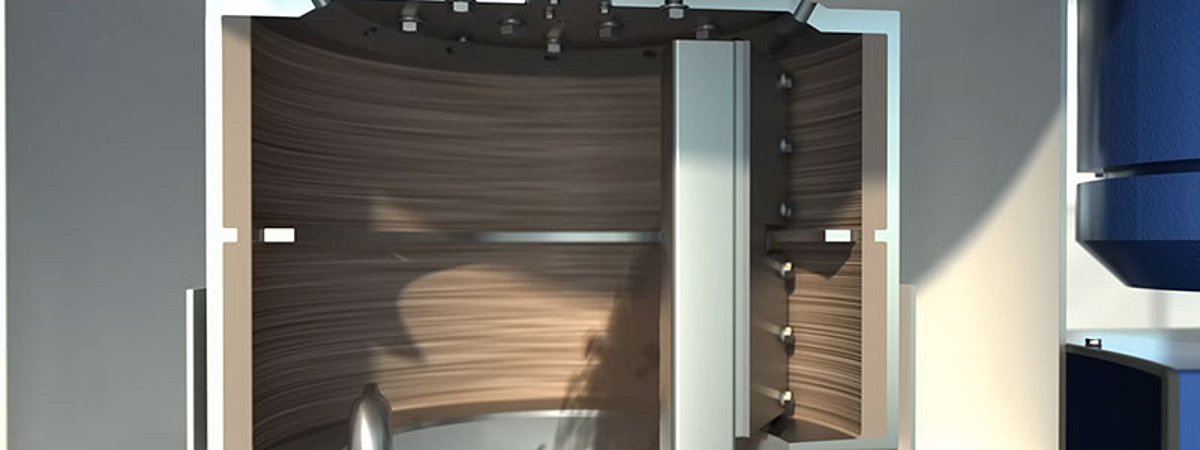Trowal: New vibratory finishing centrifuge automatically recycles process water

The new ZA 04 peeling centrifuge from Walther Trowal reduces the manual effort and time required for setting up the machine and its maintenance to almost zero when vibratory finishing metal workpieces. In addition, the machine requires around 30 percent less space than its predecessor.
The process water in mass finishing systems for surface treatment contains abrasion from the workpieces and the abrasive media, as well as oil and grease. Before it is fed back into the system or discharged into the sewage system, it must be treated. In most mass finishing systems, the process water runs in a closed circuit and is recycled in a centrifuge. The sludge contained in the water settles on the inner walls of its rotating drum. If such large quantities of sludge are produced that manual emptying of the basket is not economical, peeler centrifuges are used in which a scraper removes the sludge.
Walther Trowal has equipped the new, compact ZA 04 centrifuge with a "digital scraper" that is controlled by an integrated displacement-force measurement. This ensures that the scraper always maintains the correct distance from the inner wall. It also enables the machine to be set up automatically: it eliminates the need for all mechanical adjustment activities that previously had to be carried out manually at regular intervals. This reduces the effort and time required for mechanical set-up of the scraper and maintenance to almost zero. In the past, a manual adjustment process was required to adjust the peeling blade; the new system now does this automatically. In addition to the new control system, the engineers at Walther Trowal have also designed the machine to be very compact: It requires around 30 percent less floor space than its predecessor. In addition, all operating and maintenance elements are accessible from the same side. For the user, this means that they not only save valuable hall space, but also have a great deal of freedom when positioning the machine in their hall. Operation with a touchscreen and the uniform "look & feel" of the Trowal mass finishing systems is intuitive and supports the diagnosis of the system.
